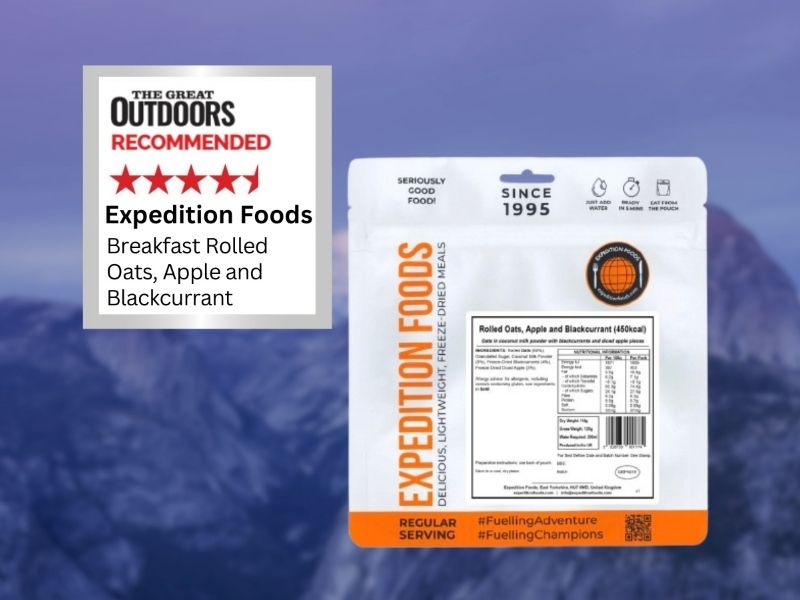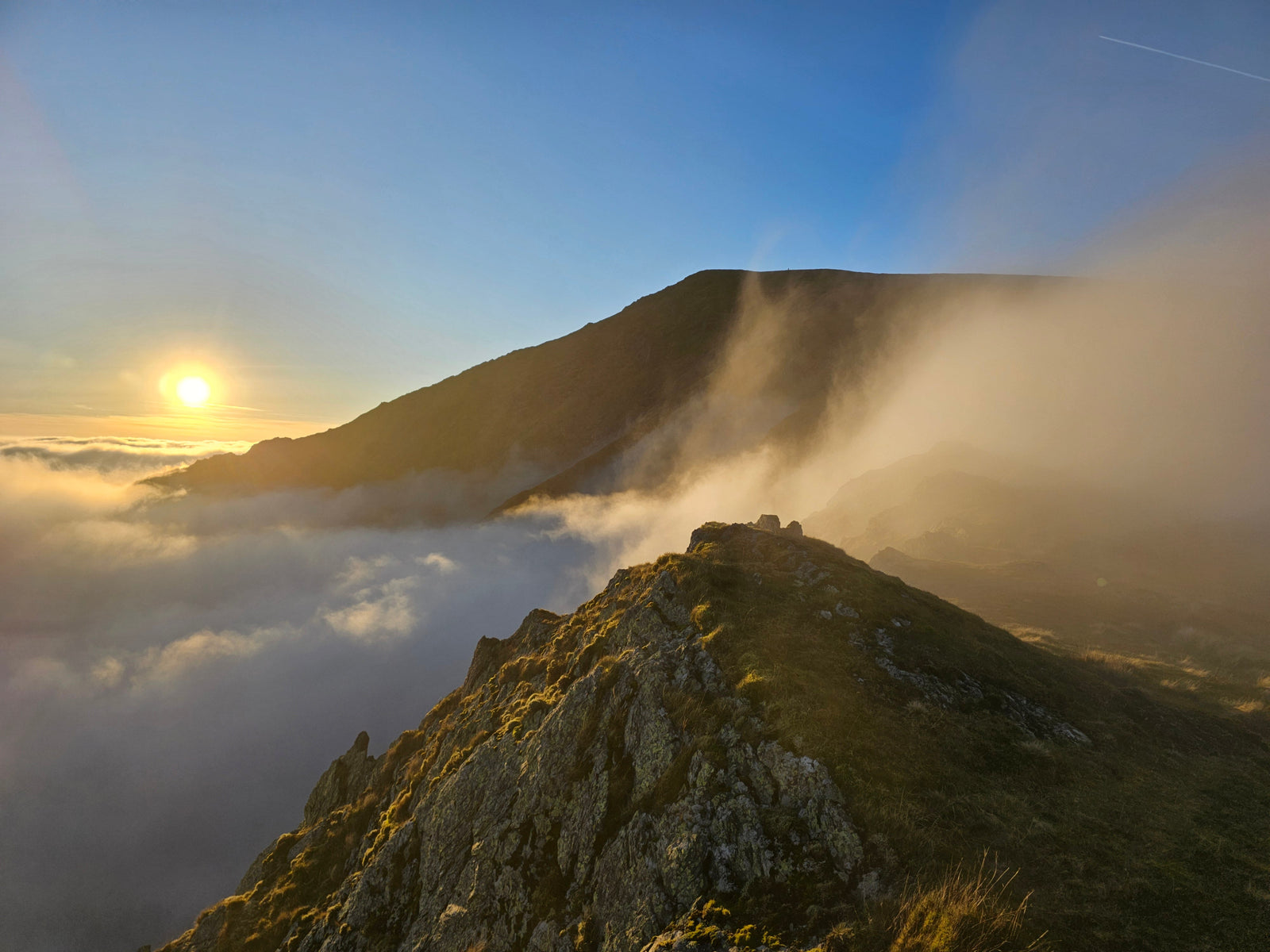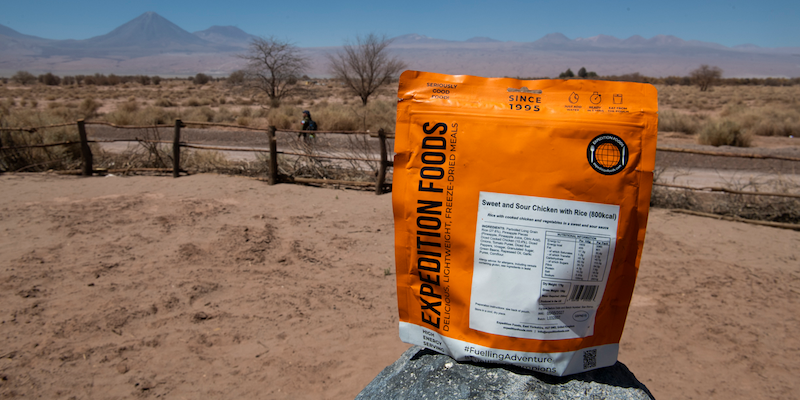-
Meals
-
Ration Packs
-
Special Diets
- Survivor Foods 25-Year Tins
-
Snacks, Drinks & Accessories
- About Us
RETURN TO VATNAJOKULL - 1932 to 2019
June 18, 2019
More expedition details at: www.sledgereport.com
In 1932, six young scientists set out on an unguided expedition across Europe’s largest ice cap, the Vatnajokull in Iceland. Their objectives were far from simple. With an average age of 24, they completed a double traverse of the icecap, covering over 200km on skis, towing sledges. Their time at their base camp on the northern edge of the glacier yielded a number of scientific objectives, namely mapping of the glacier tongues and characterisation of the flora and fauna.

In 2018, a team of three friends - Oliver Vince, Glen Gowers, and John-Henry Charles - rediscovered their diary. We were intrigued by their detailed descriptions of plans, routes and the region, and were attracted by the poetic lyricism of their writing:
“One wished to take endless photographs, yet the whole beauty was dependent upon the unique colouring, colours which none of us had ever seen in nature before. The magnificence of ice and snow under these conditions is almost indescribable and has to be seen to be believed”
— Iceland Adventure, J. Angus Beckett, 1932
By the end of the year, the team made a decision to return to the Vatnajokull ice cap. We did not want to directly recreate their expedition but rather wanted to follow in their footsteps and create successes in the spirit of their original objectives. We wanted to complete a double traverse, drive forward scientific understanding (in our case, of off-grid genome sequencing) and have an adventure.

As a team without previous polar experience, we relied significantly upon wider reading to guide our planning process. The diary of the original 1932 expedition was our primary source of inspiration, and provided some encouragement that it was all possible:
“This [expedition] shows that, for a small summer expedition... it is possible to learn everything necessary by carefully reading the accounts of other people’s work before starting”
— Foreword of Iceland Adventure, J. Angus Beckett, 1932, by Brian Roberts
Food-wise, the 1932 team’s accounts proved helpful in their encouragement of some food diversity:
“The Cambridge Expedition to Vatnajokull was essentially mobile, and consequently the provisions used were concentrated and had little variety. The daily ration per man consisted of: 6-oz. of Biscuit, 8-oz. Pemmican, 4-oz. Butter, 4-oz. Chocolate and 4-oz. Sugar. Besides this we had cocoa to drink twice a day, and Horlick’s Malter Milk Tablets on special occasions. We found that this ration contained sufficient nutriment, but did not entirely satisfy the desire for food, and it would have been preferable had we substituted something for a small part of the pemmican ration which would have given a more lasting relief from the feeling of emptiness which developed a short time after each meal. Pemmican is a highly nutritious food, consisting of albumen, fibrine of beef and animal fat, designed for use in cold regions and it always forms an essential constituent of any sledging ration”
— Appendix of Iceland Adventure, J. Angus Beckett
Our own food - like our understanding of what we were getting ourselves into - evolved as we went through training trips in the Alps, the Cairngorms, the Peak District, and on the Hardangervidda plateau. We moved from under-feeding ourselves to over-feeding ourselves. From needing to wash up every day to realizing that on an ice-cap it would actually be impossible to wash up without running water. Ultimately, Expedition Foods was recommended to us by a friend who’d used them to support a row across the Atlantic, and our choices for breakfasts, dinners and desserts established. The food acted as a support for the expedition’s success.

Over April/May 2019, we skied 200km across the Vatnajokull, following the ski-trails of the original team almost exactly. We became the first team to sequence the DNA of microbes fully off-grid in a polar-style environment. This effort required miniaturising an entire laboratory and transporting delicate equipment (some of which couldn’t freeze!) across 100km of icecap. We found artefacts from the 1932 expedition, in particular discovering an 87-year old, handwritten note buried in the cairn above their basecamp location. Furthermore, our expedition and experience together as a team served as a fitting tribute to some of the words of the 1932 team’s expedition leader:
“In addition to the interest of contributing to the solution of problems of Arctic science, the contacts made during the preparation and fulfilment of such expeditions must tend towards friendship between nations and to a wider appreciation of the capabilities of one’s fellows. For this reason alone, exploration is well worth while.”
— Foreword of Iceland Adventure, J. Angus Beckett, 1932, by Brian Roberts
We are currently in the process of producing a film about the expedition for submission to adventure film festivals. Watch that space at upcoming festivals, and explore our website (www.sledegreport.com) for further expedition details.
Also in Stories

Expedition Foods Breakfast Earns Praise from The Great Outdoors Magazine!
September 29, 2025
We’re proud to have received a glowing review for our plant-based breakfast, Rolled Oats with Apple and Blackcurrant, that’s not only nutritious and delicious but also mindful of dietary needs and environmental impact.

Rowing Across the Mediterranean with NOMAN
May 16, 2025
40 degree heat, sea swells, salt sores, blisters, dehydration, sea sickness… The decision to take on the adventure of rowing across the Mediterranean is not one that is taken lightly.

In Praise of the Calorie
February 13, 2025
Norman Hadley on eating in the outdoors, and why he keeps coming back to Expedition Foods.


